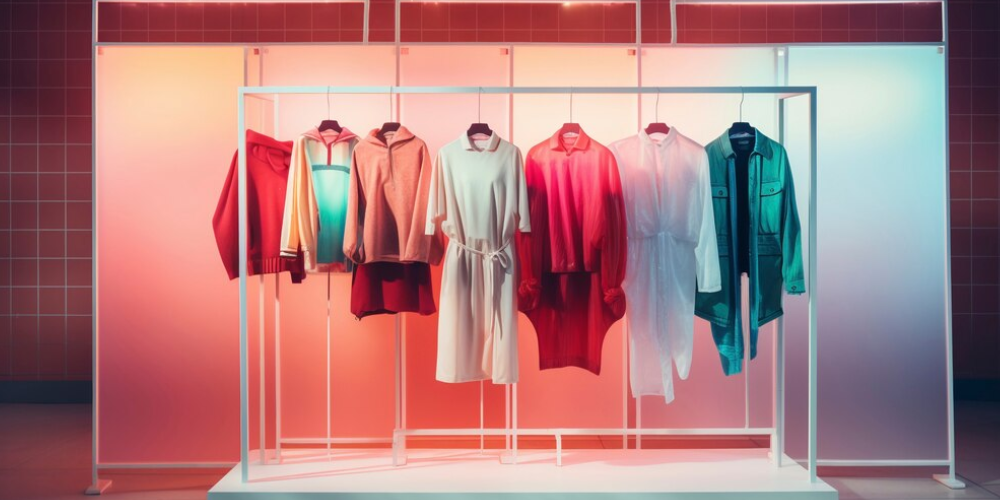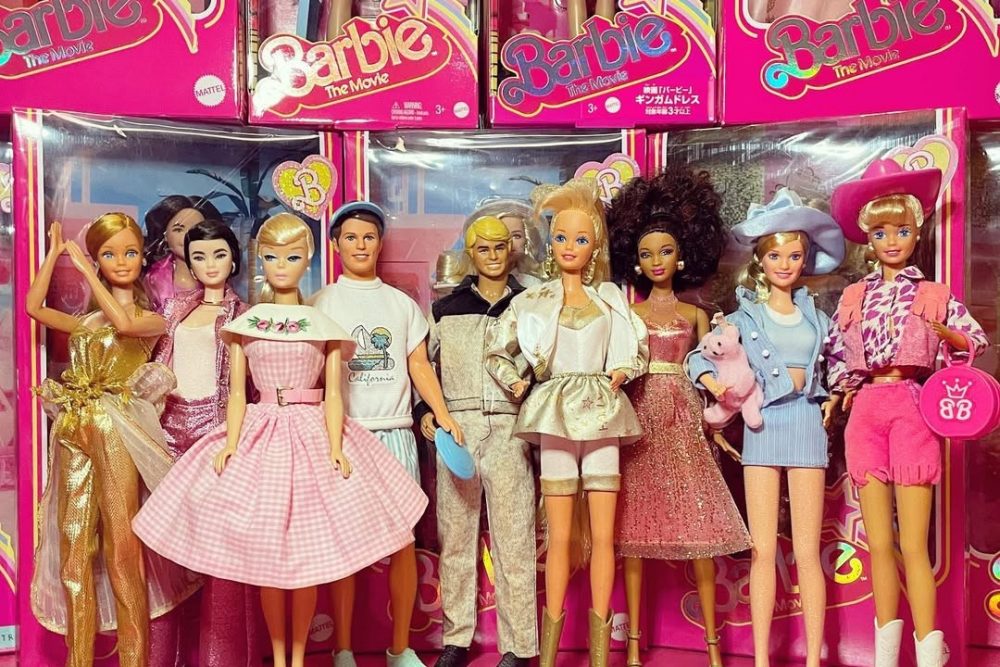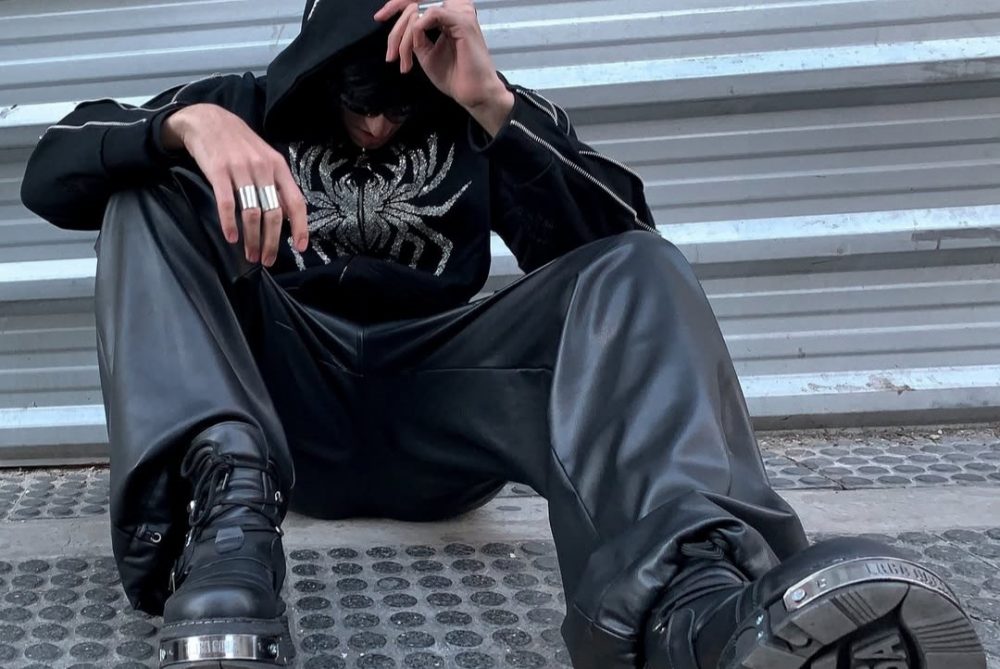The glitz and glamour of fashion, the thrill of a new season's drop, the rush of finding the perfect fit – these are the elements that have cemented fashion's reign as a cultural icon. But beneath the polished surfaces and runway lights lies a harsh reality: the fashion industry is one of the world's biggest polluters, responsible for a staggering 10% of global carbon emissions and 20% of wastewater. The wake-up call has rung, and the question isn't if, but how the industry will transform itself into a beacon of sustainability. The good news? 2024 is poised to be a pivotal year for fashion. A fresh wave of innovations, legislative support, and a growing consciousness are converging to rewrite the narrative. It's not just about swapping out "fast fashion" for...
next aeticle
The glitz and glamour of fashion, the thrill of a new season's drop, the rush of finding the perfect fit – these are the elements that have cemented fashion's reign as a cultural icon. But beneath the polished surfaces and runway lights lies a harsh reality: the fashion industry is one of the world's biggest polluters, responsible for a staggering 10% of global carbon emissions and 20% of wastewater. The wake-up call has rung, and the question isn't if, but how the industry will transform itself into a beacon of sustainability.
The good news? 2024 is poised to be a pivotal year for fashion. A fresh wave of innovations, legislative support, and a growing consciousness are converging to rewrite the narrative. It's not just about swapping out "fast fashion" for "slow fashion"; it's about a complete metamorphosis, a reinvention of the entire ecosystem, from design and production to consumption and disposal.
1. Legislation Takes the Stage

Freepik | fxquadro | European Union initiative prohibits the destruction of unsold textiles, mandates durable and repairable product design.
For years, calls for stronger regulations echoed through empty corridors. But no more. The European Union, a key player in the global fashion scene, has finally approved landmark eco-design legislation. This bold move bans the destruction of unsold textiles, demands products be crafted for durability and repairability, and introduces digital product passports for enhanced transparency. This sets a powerful precedent, paving the way for similar initiatives across the globe.
2. On-Demand Fashion: Cutting the Overproduction Gordian Knot
One of the industry's biggest Achilles' heels is overproduction. Mountains of clothes languish unsold, their environmental footprint a silent burden. Enter on-demand fashion, a paradigm shift where clothes are made only when ordered. Brands like Weekday and Desigual are already experimenting with this made-to-order model, and companies like Unspun are pushing the boundaries with 3D-printing technology that spins garments into existence directly from yarn. This personalized approach not only reduces waste but also fosters a deeper connection between consumers and their clothes.
3. Dyes Get a Green Makeover

Freepik | vecstock | Sustainable dye options are revolutionizing the industry.
Rivers stained with toxic chemicals, a grim testament to the fashion industry's reliance on conventional dyeing. But innovation is blooming in this arena too. Eco-friendly alternatives like Colorifix (bacterial dyes), Living Ink (algae-based dyes), and even Air-Ink (transforming air pollution into dyes) are offering sustainable options that don't compromise on color vibrancy. These bio-based solutions are not just better for the environment, they're opening doors to a future where fashion paints a vibrant picture of sustainability.
4. Seaweed Steals the Spotlight
While mushroom leather has enjoyed its moment in the sun, seaweed is the new kid on the block, and it's making waves. Stella McCartney's Kelsun, a revolutionary yarn spun from seaweed, graced the spring 2024 runway, while brands like Another Tomorrow are harnessing the power of SeaCell, harvested responsibly from Icelandic fjords.
This ocean-born material is not just soft and luxurious, it's also carbon-negative, actively sequestering carbon dioxide from the atmosphere. With its sleek aesthetic and eco-friendly credentials, seaweed is poised to be a major player in the sustainable fashion revolution.
5. Recycling Reimagined: No Fabric Left Behind

Freepik | pvproductions | Recycling presently sees only a small portion of clothing transformed into new pieces.
Recycling: the holy grail of sustainability, yet currently only a fraction of clothing is reborn into new garments. The culprit? Blended fabrics, like polycotton, are notoriously difficult to separate. But Circ, a game-changing technology, is cracking this code. By deconstructing polycotton into reusable polyester and Lyocell fibers, Circ is giving blended fabrics a second chance at life. Mara Hoffman's stunning Circ-powered dress unveiled in October is a testament to the potential of this revolutionary technology.
6. A Just Transition: Leaving No Worker Behind
As the fashion industry embraces new technologies and models, it's crucial to remember the human cost. Garment workers, the backbone of the industry, often toil in unfair conditions and earn meager wages. A staggering 93% of brands still fail to pay living wages, and the shift to on-demand models could exacerbate this issue with unpredictable work surges. A just transition is paramount, ensuring secure jobs, fair pay, and adequate training for workers as the industry navigates this transformative journey.
This is not just a story of environmental consciousness; it's a story of human evolution, of reimagining a beloved industry for a future where style and sustainability walk hand in hand. The seeds of change have been sown, and 2024 promises to be the year they blossom into a thriving ecosystem of mindful fashion. So, join the movement, champion sustainable brands, embrace pre-loved treasures, and together, let's weave a future where fashion reflects the beauty and resilience of our planet.










